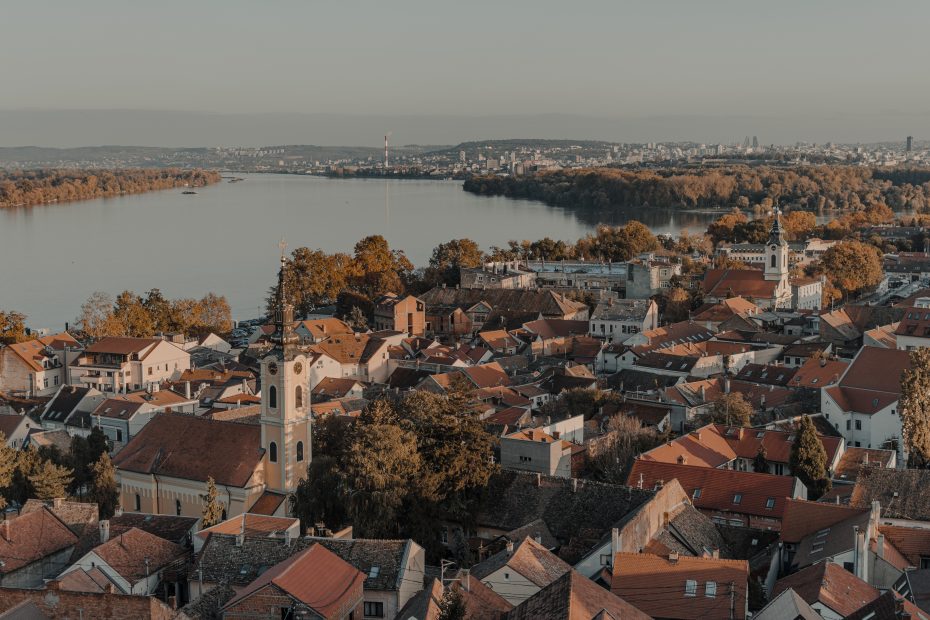Serbia is a country with a long, storied history situated in the Balkans region of Europe. Though it went through many turbulent times in the 20th century, Serbia has emerged with a vibrant culture and many sites and monuments worth exploring. For those willing to venture beyond the usual tourist traps, Serbia offers many hidden gems that unveil its rich cultural heritage.
Overview of Serbia’s History and Culture
Serbia has been inhabited since prehistoric times, with the first Serbian states emerging in the Early Middle Ages. Serbia’s strategic position meant it was often fought over by rival empires like the Byzantines, Ottomans, and Habsburgs. This tumultuous past has left its mark with medieval fortresses and monasteries found dotted across the country.
Despite the turmoil, Serbia managed to develop a unique culture. Orthodox Christianity is the dominant religion, with sacred monasteries being important centers of spirituality. The country also has thriving traditions in art, literature and music that convey the Serbian soul. While the 20th century was marked by conflict, Serbia today is an up-and-coming destination eager to share its heritage.
Belgrade: Serbia’s Vibrant Capital
No trip to Serbia is complete without visiting its capital and largest city, Belgrade. Located at the confluence of the Sava and Danube Rivers, Belgrade has been an important settlement since ancient times. Belgrade boasts a relaxed vibe with quirky cafes, hip nightlife and a burgeoning arts scene.
One of Belgrade’s main attractions is the Belgrade Fortress. Built in stages from the 1st to the 18th century, the fortress has witnessed many battles. It offers beautiful vistas of the city and houses an array of museums, churches and even a zoo within its grounds. Another key landmark is the Church of Saint Sava, one of the largest Orthodox churches in the world noted for its striking Serbian-Byzantine architecture.
Novi Sad: Serbia’s Rising Star
Serbia’s second largest city, Novi Sad, is considered one of the country’s top cultural hubs. Situated on the banks of the Danube, Novi Sad has a more laid-back ambiance compared to Belgrade. The city has a charming old town boasting Baroque and neoclassical buildings. This architecture reflects the influence of the Austro-Hungarian Empire that once ruled here.
A must-see is Petrovaradin Fortress, nicknamed the “Gibraltar of the Danube.” Towering high over the river, this mighty citadel has an amazing system of underground tunnels. The fortress hosts the EXIT music festival each July, which attracts partygoers from across Europe. Novi Sad is also known as a university town with a youthful, intellectual vibe.
The Charms of Rural Serbia
To truly experience Serbian culture, one must venture into the countryside. Sleepy villages, monasteries and farms punctuate Serbia’s plains and hills, providing a window into traditional ways of life. The sounds of folk music and the scents of home cooking fill the air.
Fruska Gora, a low mountain range dotted with wineries, has 16 picturesque Orthodox monasteries that are UNESCO World Heritage Sites. Another unique site is the Đavolja Varoš (Devil’s Town) in southern Serbia, featuring bizarre rock formations and towers. Outdoor enthusiasts can hike mountain trails or boat and fish on pristine rivers and lakes. Don’t miss trying rakija, a fruit brandy and Serbia’s national drink, often distilled at small family farms.
Serbian Cuisine: From Burek to Kajmak
Serbian cuisine reflects the country’s turbulent history, with influences from Mediterranean, Balkan and Middle Eastern cultures. However, it also retains unique elements that make it quintessentially Serbian. Hearty meat dishes feature prominently, like pljeskavica (a spicy burger patty), veal or pork roast, and čevapi (skinless sausages). Burek are savoury filled pastries while kajmak is a delicious dairy product similar to clotted cream.
The fertile countryside produces wonderful fruits like plums, cherries and raspberries, which often find their way into sweet treats. Be sure to pair your meal with Serbian wine, especially locally produced vintages from the Fruska Gora region. Don’t be surprised if you are offered rakija again with dessert!
Conclusion
With incredible historical and cultural sites, breathtaking scenery and mouthwatering cuisine, Serbia offers an authentic Balkan experience beyond the usual hotspots. Cities like Belgrade and Novi Sad perfectly fuse the ancient and the contemporary, while the countryside brims with heartwarming traditions carried through generations. By exploring Serbia’s hidden gems, visitors can gain new perspectives and unveil this country’s unique spirit. Forget the turbulent past – Serbia today proudly celebrates its rich cultural heritage.
FAQs
What is the capital and largest city of Serbia?
The capital and largest city of Serbia is Belgrade. Located at the confluence of the Sava and Danube Rivers, Belgrade is Serbia’s cultural, economic and political center.
What is Petrovaradin Fortress famous for?
Petrovaradin Fortress is a mighty citadel overlooking the Danube in the city of Novi Sad. Nicknamed the “Gibraltar of the Danube,” it is famous for its intricate system of underground tunnels and for hosting the massive EXIT music festival every July.
What are some traditional Serbian dishes and beverages?
Famous Serbian dishes include pljeskavica (burger patties), veal/pork roasts, čevapi (sausages), and burek (filled pastries). Popular beverages are rakija (fruit brandy), wine, and kajmak (clotted cream).
Where can you see medieval Orthodox monasteries in Serbia?
The Fruska Gora mountain region contains 16 picturesque Orthodox monasteries that are UNESCO World Heritage Sites. This area is a great place to experience Serbia’s medieval monastery architecture and culture.
What is the Devil’s Town?
Devil’s Town is an unusual rock formation containing earth pyramids/towers in southern Serbia. With 200 formations over a small area, it provides a landscape unlike anywhere else in Serbia.
